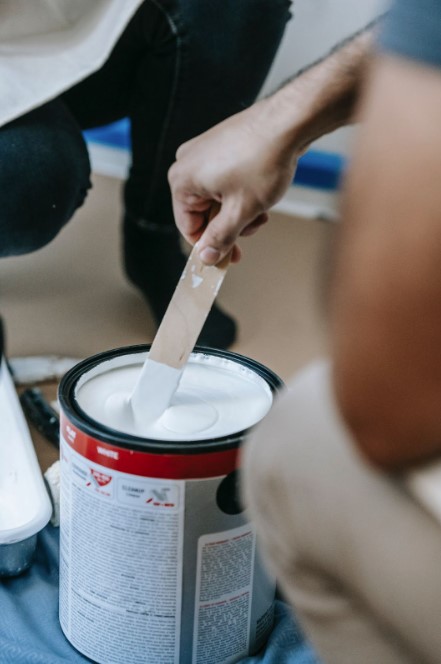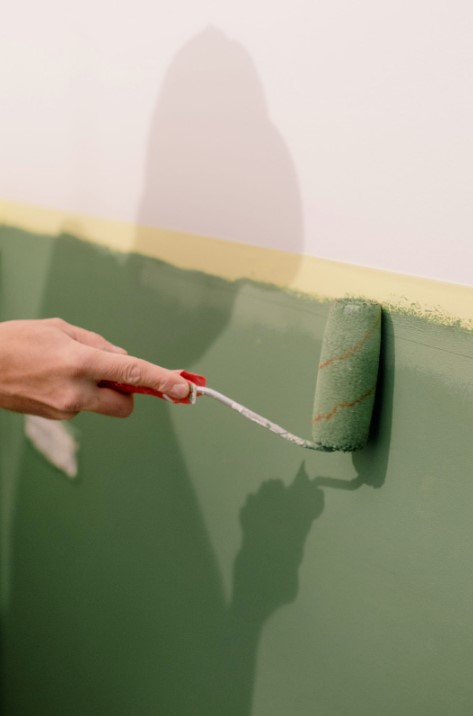
How to Sample Paint Colors
Posted on November 14, 2022
When it comes to choosing colors for your space, it can be hard to choose between similarly loved shades. Ultimately, it comes down to what looks best with the existing decor and lighting in your home. How can you guess which color will work the best? Using a paint sample! You’ll be able to create a swatch on your wall that can help take the guesswork out of color selection. Keep reading for our best tips on sampling so you can make the best possible choice.

Firstly, when you’re looking at the big displays of paint chips, don’t expect that tiny square to suffice as a sample. You’ll need to see a large area of color to get a true idea of what it will look like. And if you’re painting the same shade throughout multiple rooms, you’ll want to see it in each space. Color is light reflection, so you’ll want to see the color in all variations – in and out of sunlight, different light bulb temperatures, and different times of day.

The best way to create a swatch is to use actual paint. Paint stores like Sherwin Williams, Benjamin Moore, and even Lowes offer sample sizes of paint. However, remember that you’ll want to paint onto poster board, not directly onto the wall. The color below your swatch will impact how it looks and will sway your opinion. We recommend using 2-3 coats to make it opaque and cutting off any raw paint edges so it looks tidy. If that seems like too much work, you can order peel and stick swatches from Sherwin Williams or services like Samplize. We recommend placing your sample on the door, up against the trim to block out that influential previous paint color.

Last tip, when you’re looking at the swatch card, we recommend going one shade lighter indoors, and one shade darker for exterior projects. The amount of light will impact the color so sunnier, outdoor spots will get washed out.






